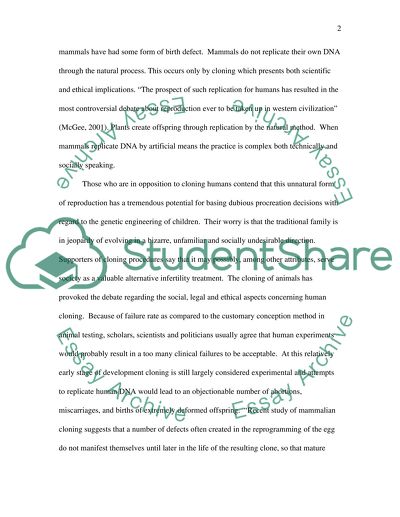Cite this document
(“Cloning Essay Example | Topics and Well Written Essays - 3000 words”, n.d.)
Cloning Essay Example | Topics and Well Written Essays - 3000 words. Retrieved from https://studentshare.org/miscellaneous/1578734-cloning
Cloning Essay Example | Topics and Well Written Essays - 3000 words. Retrieved from https://studentshare.org/miscellaneous/1578734-cloning
(Cloning Essay Example | Topics and Well Written Essays - 3000 Words)
Cloning Essay Example | Topics and Well Written Essays - 3000 Words. https://studentshare.org/miscellaneous/1578734-cloning.
Cloning Essay Example | Topics and Well Written Essays - 3000 Words. https://studentshare.org/miscellaneous/1578734-cloning.
“Cloning Essay Example | Topics and Well Written Essays - 3000 Words”, n.d. https://studentshare.org/miscellaneous/1578734-cloning.


